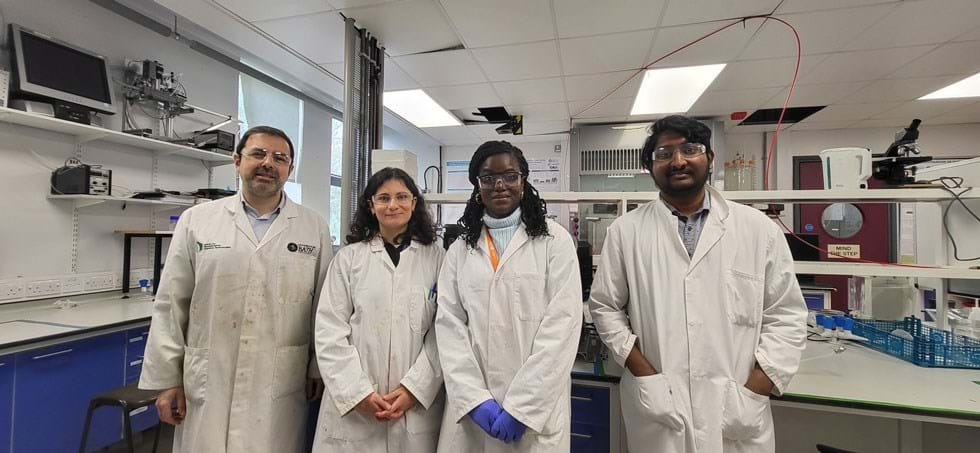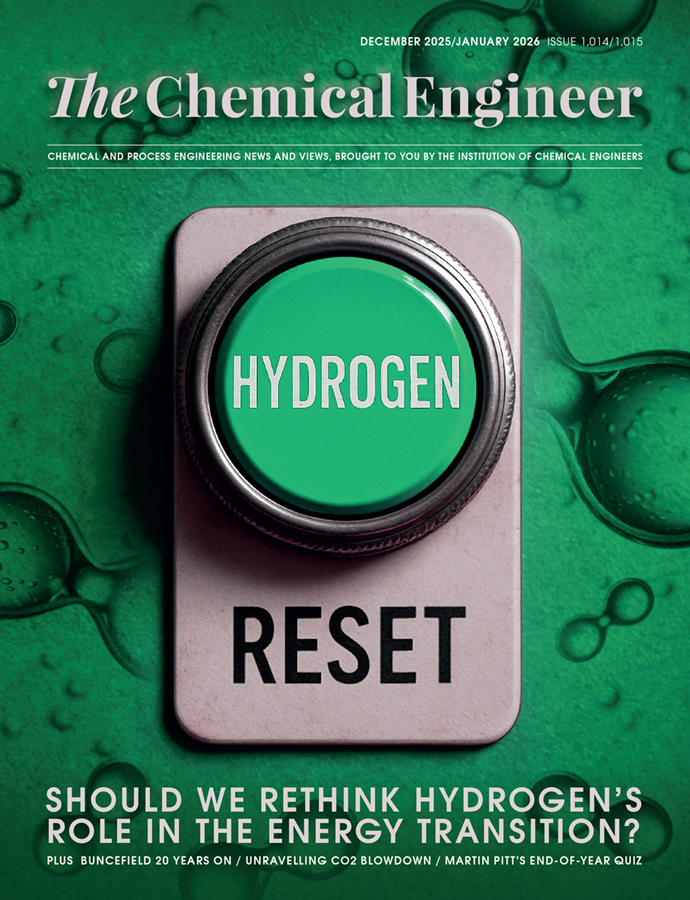A Greener Way to Treat Industrial Wastewater
With restrictions on fossil fuel-based filters expected in Europe, Aniqah Majid visits the University of Bath to learn about a plant-based alternative for wastewater treatment
FILTERING out pollutants such as heavy metals, dyes, and multivalent ions from industrial wastewater before they can reach the environment has long been the domain of membranes.
The most common is polyvinylidene fluoride (PVDF), a synthetic polymer made from petroleum-based monomer vinylidene fluoride, known for its thermal stability and chemical resistance.
However, the membrane falls under per- and polyfluoroalkyl substances (PFAS), placing it in the crosshairs of recent EU proposals to ban the manufacture of over 10,000 types of PFAS.
Among those seeking sustainable alternatives is the University of Bath’s Department of Chemical Engineering, bolstered by a £9m (US$11.6m) grant from the UK Engineering and Physical Sciences Research Council.
Part of the university-wide membrane development programme, SynHiSel, Olawumi Sadare leads a small team developing a plant-based nanofiltration membrane alongside Liana Zoumpouli, a research associate specialising in water treatment membranes, lab technician Robinson Noveman, and professor of chemical engineering Davide Mattia.

Recent Editions
Catch up on the latest news, views and jobs from The Chemical Engineer. Below are the four latest issues. View a wider selection of the archive from within the Magazine section of this site.




